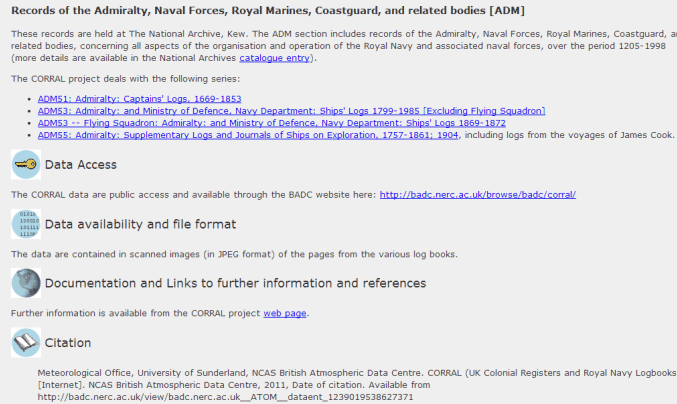
NavList:
A Community Devoted to the Preservation and Practice of Celestial Navigation and Other Methods of Traditional Wayfinding
From: Eric Fernandez
Date: 2020 Sep 4, 00:45 -0700
David,
Many thanks for the very clear explanation. Unfortunately the article is behind a paywall, but looking at the abstract this is really close to what we discuss here. Indeed, what I found from my calculations based on Umland's guide, is that augmentation is cancelled out by calculating parallax after adding moon's SD and augmentation, compared to the method where Parallax is calculated before adding SD without augmentation.
Interestingly, by browsing further on this matter, I could find a post from Frank Reed on this mailing list from 2013 (https://navlist.net/m2.aspx/Moon-altitude-correction-question-FrankReed-aug-2013-g24901) where he states: "If you do the SD correction after the parallax, the augmentation cancels out." and then provides an algorithm to reproduce the NA xxxv table that does not use augmentation (because SD is geocentric and parallax is calculated from havg, not from havg + SD topo). I think that indeed SD topo vs geocentric difference is a nice mathematical observation, but it turns out that for the level of precision required for navigation, ignoring augmentation is a simple and good enough method.
Finally, there is also this source: https://books.google.de/books/about/Almanac_for_Computers.html?id=4sNSFa3665UC "Almanac for computers 1991" which also gives some insights from sextant corrections calculations. They also say that parallax and SDaug should be calculated from observed altitude for best precision, not the apparent altitude, but unfortunately provide no examples.






